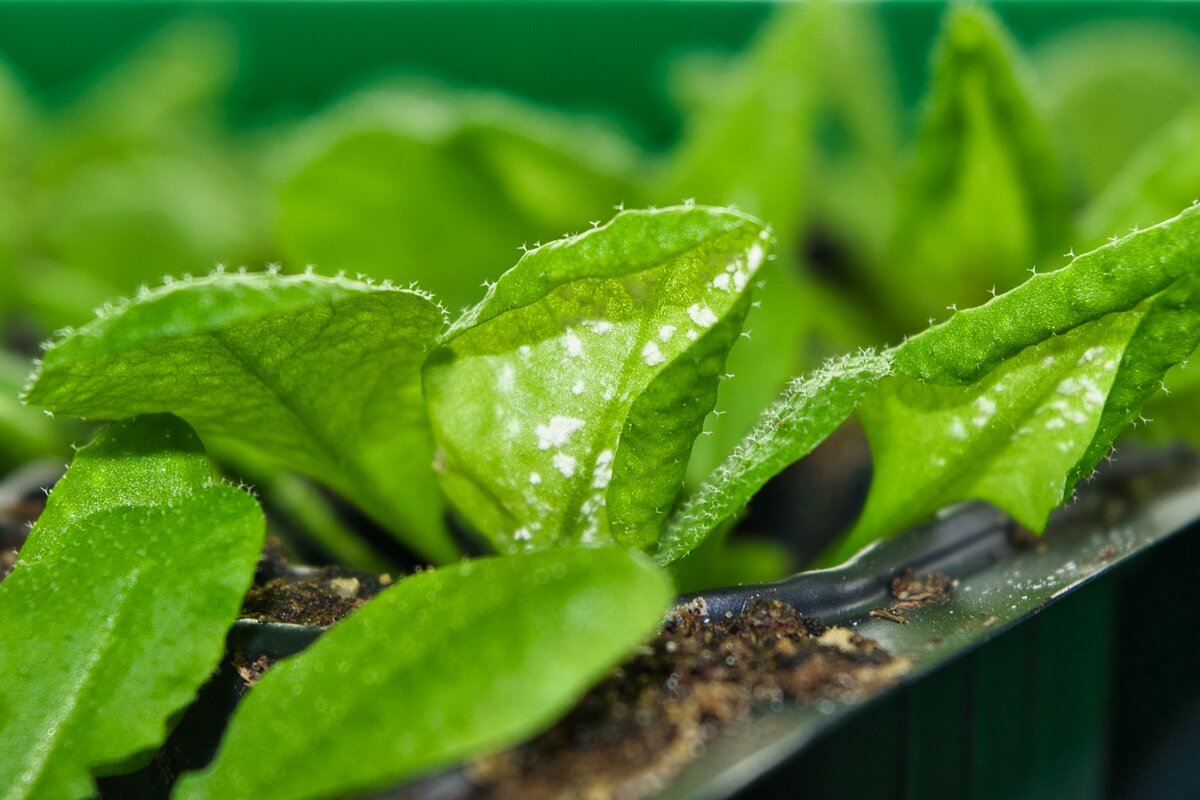how do pathogens control the microbiome?
Much has been studied about changes in the host-associated microbiome composition when infections take place. In many cases, these consist of a decrease in diversity and a general stabilization. The question remains: How do these shifts occur?
One of the obvious answers is host influence. When threatened by a pathogen, the host boosts its defenses, resulting in an overreaction against some of the natural dwellers of its microbiome. However, what about the pathogen? When talking about most pathogens, one can assume that they have no particular interest in the microbiome of the host, as they are only concerned with using up the host’s resources, then moving on to a different one. However, so-called obligate biotrophs, are highly adapted plant pathogens which remain on the living plant, as they depend on it for long term survival. In this case, however much the host is interested in shaping the microbiome, the pathogen is as well.
In our recent publication in New Phytologist, which included the main chunk of work from my PhD, we propose that released proteins might be one of the agents responsible for the modification of the microbiome within a host by an obligate biotroph. Our model pathogen was Albugo, a fungal-like eukaryotic organism that causes white rust disease (pictured below).

We started by looking at a large database containing microbiome samples of thale cress plants, one of the hosts for Albugo, to find whether indeed negative correlations could be inferred between Albugo and other microbial inhabitants of the phyllosphere. We found Albugo to be one of the highest negatively correlated members by number within the plant microbial community. Interestingly, other known pathogens featured prominently in this category as well, including a particular strain from the bacterial genus Pseudomonas.
After applying some molecular and computational approaches to identify potential proteins of interest in Albugo, we could ascribe antimicrobial capacity to some peptides produced. The inhibition was both found in an in vitro testing system as well as on the original plant host, suggesting it may represent a natural mechanism for microbial control.
Overall, this hints at the many mechanisms that have evolved in such particular systems out of the need for controlling the microbial community surrounding a pathogen which relies on maintaining the health of the plant as its exclusive lifeline. The article, which was published in the latest issue of New Phytologist, can be found here. Also check out the great commentary by Rovenich and Thomma here.